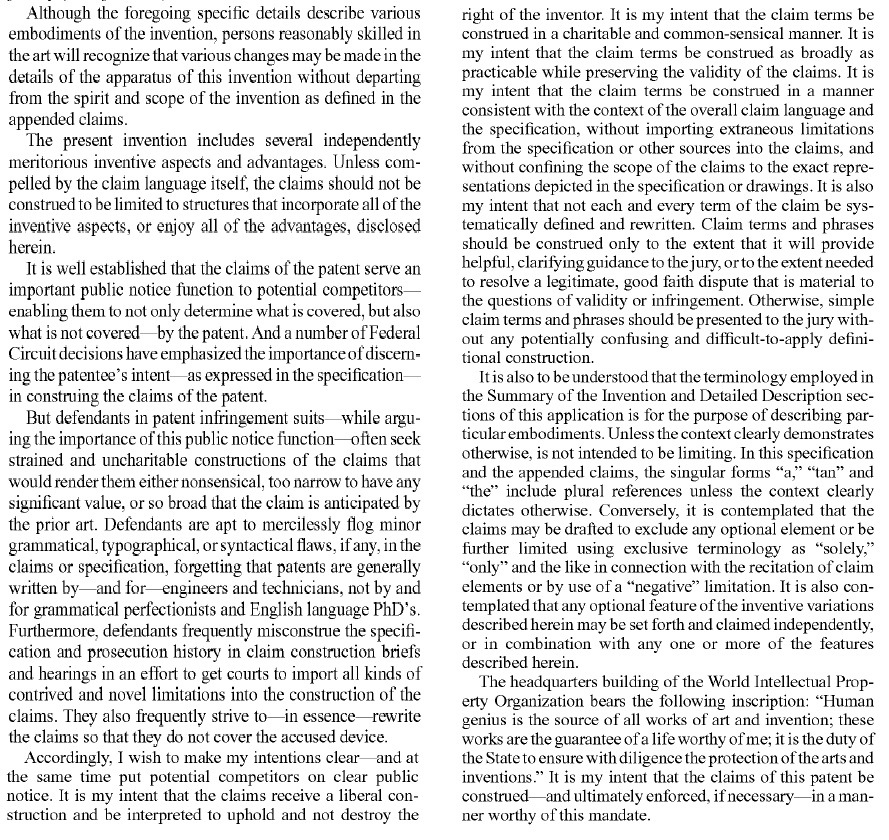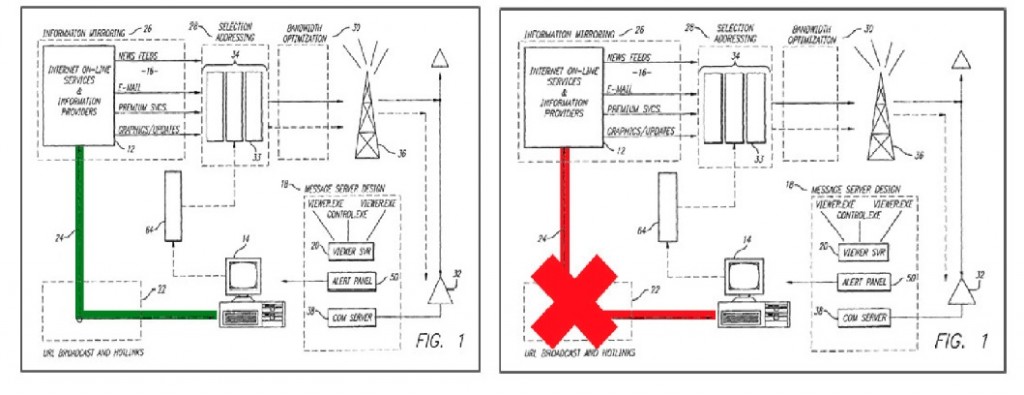In Profectus Technology LLC v. Huawei Technologies Co. Ltd., [2015-1016, 2015-1018, 2015-1019] (May 26, 2016), the Federal Circuit affirmed the district court’s construction of “mountable,” and thus summary judgment of non-infringement.
At issue was U.S. Patent No. 6,975,308, which discloses a mountable digital
picture frame for displaying still digital images, and in particular the claim language ““a mountable picture frame adapted to digitally display at least one still image thereon,” which Profectus as asserting against certain tablet devices with stands. The district court concluded that “the picture frame or display must have some intrinsic mounting feature—not just a feature that could potentially render the frame or display capable of being mounted.”
Profectus argued on appeal that “mountable” meant capable of being mounted, while defendants argued that the fact that a device is capable of mounting does not make it “mountable.” The Federal Circuit agreed with defendant, noting that the term “mountable” is a modifying word in the claims: “mountable picture display,” “mountable picture frame,” “wall mountable,” and “desk top mountable.” The Federal Circuit observed that absent from the claims are words that embrace broader meaning, such as “capable of,” “adapted to,” or “configured to.” The claim language is tailored to, characterizes, and delimits the claimed “picture frame” and “picture display.” The Federal Circuit further noted that the specification does not disclose a bare embodiment in which the picture display or picture frame lacks a feature for mounting.
By noting that the picture display or frame must have some intrinsic mounting feature, the district court correctly, specification, that the picture display or frame must include something that may be used for mounting the device.


